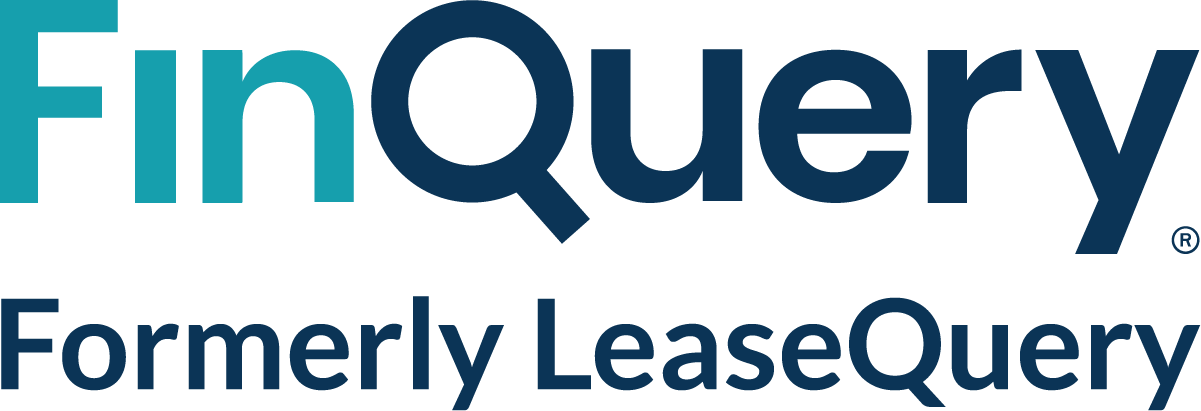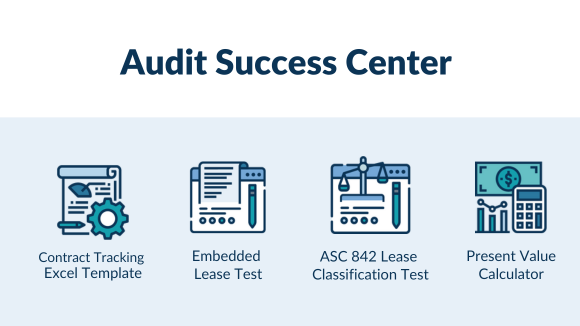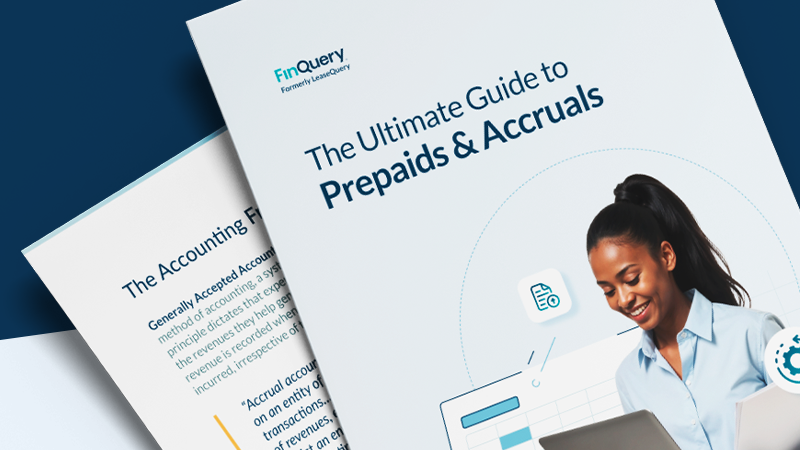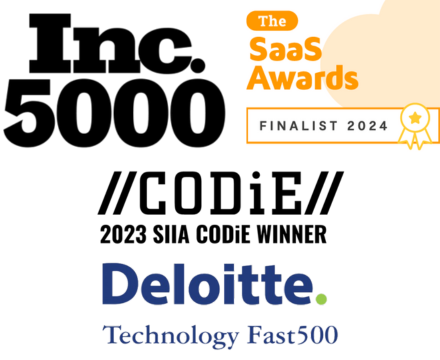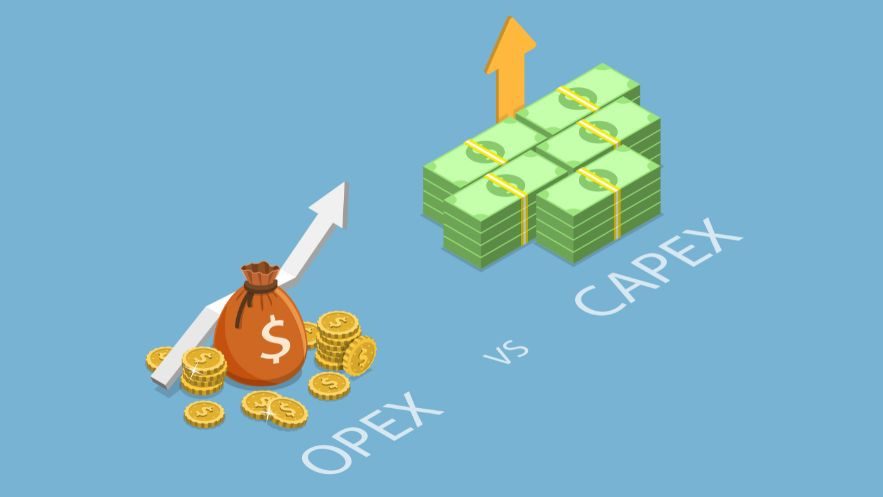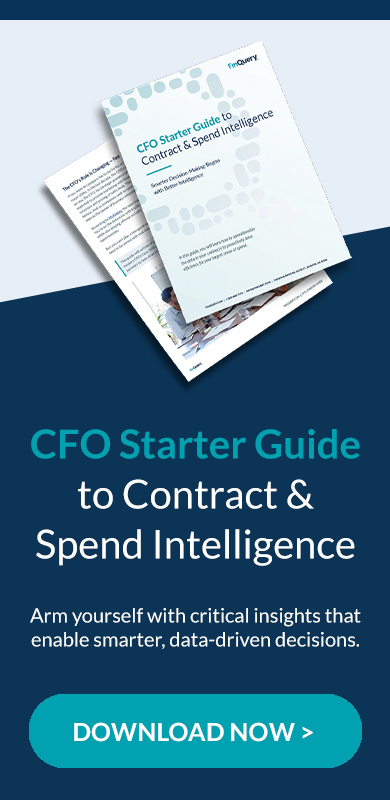Corporate budgeting is the process of creating a detailed financial plan for an organization. It typically includes forecasting revenues and expenses, to project profits, as well as setting targets and priorities for various departments or programs. It involves collaboration between different departments, analyzing historical data, considering market trends, and making informed decisions to ensure efficient resource allocation and financial stability.
Understanding the budgeting process
Operational budgeting and capital budgeting are two separate budgeting processes used by organizations to manage their resources and plan for the future.
Operational budgeting is planning for the future, typically over the short term (annual, quarterly, or monthly). It involves consideration of past financial performance and business objectives to create a detailed financial plan. This plan includes analyzing revenue and expenses related to the day-to-day operations of the organization. The primary goal of operational budgeting is to ensure daily activities are adequately funded and aligned with the company’s goals and strategies.
Capital budgeting is a financial process aimed at helping companies make strategic, long-term investment decisions. Unlike operational budgeting, which focuses on the short term, capital budgeting looks further into the future. It requires evaluating significant investments in assets or projects that can impact the organization’s trajectory with the question of: is an asset worth the resources it requires?
Operational budgeting
In today’s business environment, effective budgeting goes beyond simple number crunching. It’s a strategic exercise requiring consideration of various factors to ensure the optimal allocation of resources. Here’s a closer look at the steps involved in the budgeting process and how companies can ensure its effectiveness:
The first step to operational budgeting is setting financial objectives. Organizations must define clear goals and targets the company aims to achieve. These objectives help guide the allocation of resources. By establishing specific, measurable, and time-bound objectives companies can ensure their budget aligns with their priorities. A few examples of goals and objectives a company might set are:
- Revenue Growth – Increase revenue by 8% by expanding into new markets.
- Cost Reduction – Decrease operational costs by 10% through process optimization and better resource utilization.
- Expand Market Share – Capture an additional 7% of market share over the next year by enhancing marketing efforts.
- Improve Profit Margin – Increase the overall profit margin to 20%.
The next step in the budgeting process is forecasting revenue. Companies analyze historical sales data, market trends, and growth expectations to estimate future revenues. When revenue forecasting is integrated into the budgeting process, it enables the organization to align its financial plans with projected earnings and helps guide the optimal allocation of resources. For example, if the goal is to increase sales significantly then a company might allocate more resources to expansion and marketing. On the other hand, if revenue is expected to decrease the company may focus on cost-saving measures.
Accurate expense estimation is critical for budgeting success. After revenue forecasting, the company should determine the costs necessary to reach its objectives. Companies identify and categorize various expenses, including fixed fees (e.g. rent, salaries) and variable costs (e.g. raw materials, utilities). Historical data, market research, and input from department heads help in making informed estimates.
As a final step to building an operational budget, review the estimated revenues and expenses to ensure they support the company’s objectives. The goal is to verify that projected revenues will cover estimated expenses and that objectives are feasible.
Effective budgeting is an ongoing process. Continually monitoring actual performance against budgeted figures allows companies to identify deviations and take corrective actions promptly. This agile approach ensures financial goals are met throughout the fiscal year.
Additionally, organizations must ensure their approach to budgeting keeps up with changes in the financial landscape. In recent years updates to lease accounting and the rapid growth of the availability and usage of software applications impacted organizations. Below we discuss some key considerations related to those two crucial operating expenses.
Capital Budgeting
We’ve recently written an article on capital budgeting and the resources available to determine if longer-term investments such as fixed assets are beneficial to the organization. Read more here: Improving Capital Budgeting Decisions Using Finance and Accounting Tools.
Lease accounting: A crucial component
In the realm of corporate budgeting, leases can significantly impact a company’s financial landscape. When incorporating leases into the budgeting process, several key factors should be considered.
First, understanding the type and terms of each lease is essential. The lease type – finance or operating – dictates the appropriate accounting treatment. Determining conclusions on renewal, termination, and purchase options, and potential payment escalations sets the groundwork for accurate budgeting. Not only must companies consider base rent payments, but variable costs such as common area maintenance (CAM), taxes, and insurance can also have a significant impact on an organization’s expenses. Additionally, upfront costs for entering any new leases, like security deposits, initial direct costs, and lease incentives, should be considered when known or expected.
With the adoption of ASC 842 and the use of lease accounting solutions like LeaseQuery, pulling together the lease data necessary for an accurate budget is an easy endeavor. Employing lease accounting software can streamline calculations and reporting, ensuring the task of reviewing and adjusting lease-related expenses to maintain alignment with budget projections is completed.
Incorporating SaaS spend into your budgeting process
One critical component of the budgeting process that may have been overlooked previously is Software as a Service (SaaS) expenditures. These digital applications have become essential in modern business operations; however, many companies struggle to gain full visibility of their software-related expenses and effectively track their software license utilization. This oversight can lead to inefficiencies and unnecessary costs.
Identifying and evaluating software subscription costs provides companies with an understanding of their SaaS spend. This clarity empowers them to prioritize essential tools that directly contribute to operational efficiency and strategic growth. That is where specialized software can help. A dedicated SaaS spend management tool can analyze the company’s software usage and costs. By tracking which applications are being used by whom and providing data regarding overlapping functionality or underutilized licenses, this type of software provides valuable insights for budgeting decisions.
The ability to pinpoint software costs and usage through a dedicated platform translates into a more optimized budget. As businesses strive for agility and growth, embracing technology to analyze SaaS spend is no longer an option – it’s a smart move to position companies for success in the digital age.
Summary
In the modern business landscape, budgeting has evolved beyond traditional financial parameters. Integrating capital assets, lease accounting, and software spending into the process is essential for comprehensive financial planning. By leveraging technology to understand these considerations and make insightful estimates, businesses can navigate the complexity of budgeting with confidence, leading to better financial outcomes and sustainable growth.
